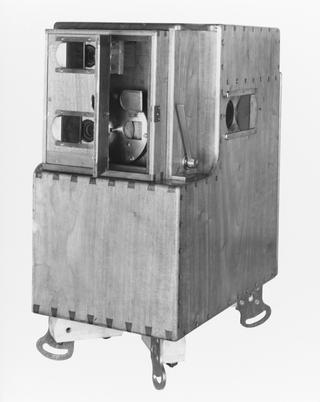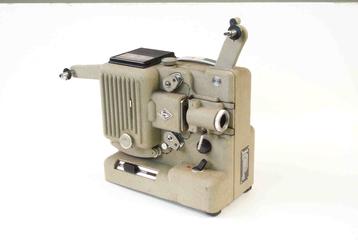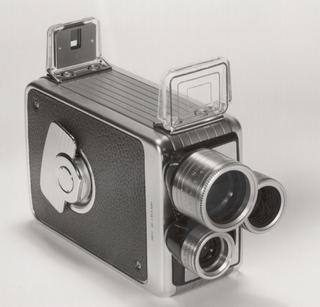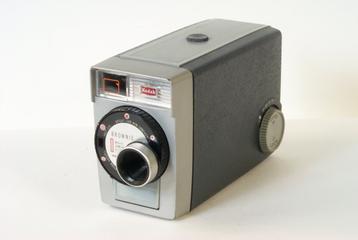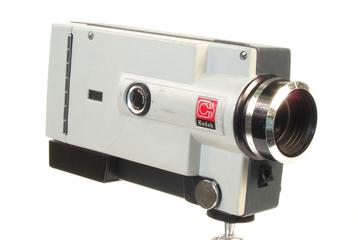
Reel of vintage positive cine film: sequential-frame three-colour process




Reel comprising vintage positive cine film made using the Lee and Turner sequential-frame three-colour process (patented 1899) of the following subjects:
1. Boy with Red Ensign and girl on a swing, possibly taken at St Ann’s Well, Hove, either by Edward Raymond Turner (1873-1903) or George Albert Smith (1864-1959). 354 frames long, filmed at approximately 16 frames per second.
2. Alfred Raymond Turner (1898-1994), Agnes May Turner (1896-1920) and Wilfred Sidney Turner (1901-1990) with sunflowers seated at a table with a goldfish bowl, taken at the family home, 8 Queens Road, Hounslow Middlesex in 1902 by their father, Edward Raymond Turner (1873-1903). 164 (?) frames long, filmed at approximately 16 frames per second.
3 Scarlet Macaw turning on its perch, in medium close-up shot, taken in 1902 by Edward Raymond Turner (1873-1903) 38mm film, 354 frames long, filmed at approximately 16 frames per second.
Details
- Category:
- Cinematography
- Object Number:
- 1937-791/11
- Materials:
- cellulose nitrate and silver (alloy)
- type:
- lee and turner cine film
- credit:
- The National Media Museum, Bradford
